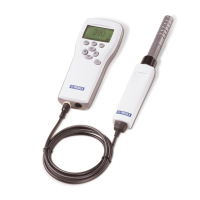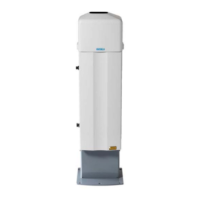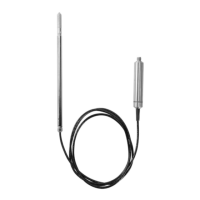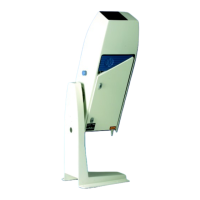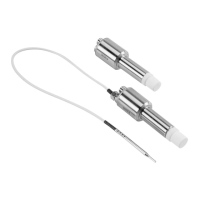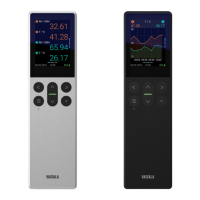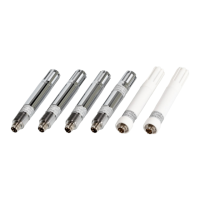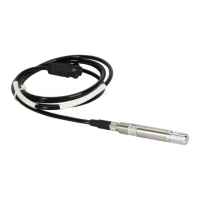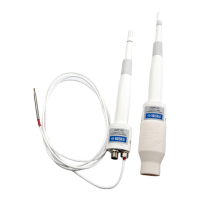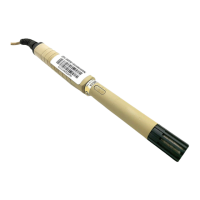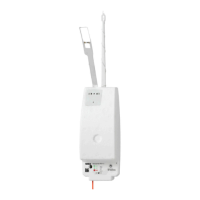2.3 Operating Principle of CO
2
Measurement
The Vaisala CARBOCAPâ sensor used in the
probe is a silicon-based, nondispersive
infrared (NDIR) sensor for measurement of
gaseous carbon dioxide in air-like gases.
Figure 3 Probe Cuvette with Mirror and Sensor
Chips
1 Mirror
2 Cuvette
3 Sensor chips under TO5 package
The sensitivity to carbon dioxide is based on absorption of infrared light at a characteristic
wavelength. During measurement, infrared light is routed through the cuvette that contains
the gas to be measured. A mirror
reflects the light from the cuvette to a thermopile detector
that measures the light intensity at a wavelength determined by a Fabry–Pérot
interferometer (FPI) and a band pass
filter.
The carbon dioxide measurement consists of two steps: first, the FPI is electrically tuned so
that its pass band coincides with the characteristic absorption wavelength of carbon dioxide
and the signal is recorded. Second, the pass band is shifted to a wavelength where no
absorption occurs in order to get a reference signal. The ratio of these two signals, one at
the absorption wavelength and the other at the reference wavelength, gives the fraction of
light absorption from which the carbon dioxide concentration is calculated. Measuring the
reference signal compensates the possible
eects of sensor aging and signal attenuation
due to dirt on optical surfaces, making the sensor very stable over time.
TO5 packages with hermetic windows are used to protect the sensor chips from moisture
and contamination. A heater chip is utilized to prevent condensation in normal operation.
GMP252 User Guide M211897EN-D
14
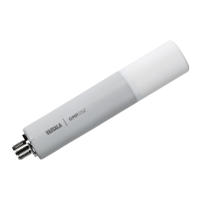
